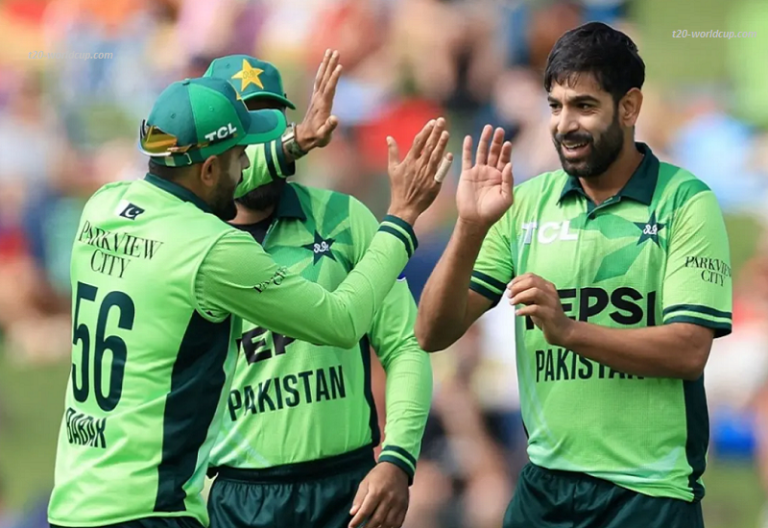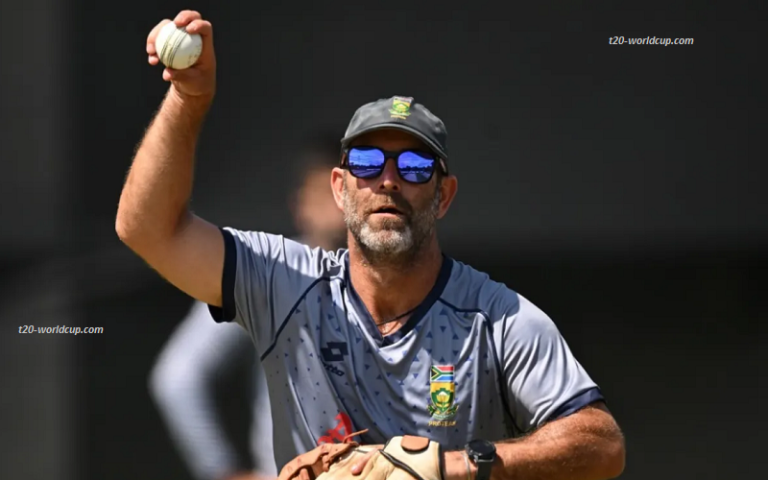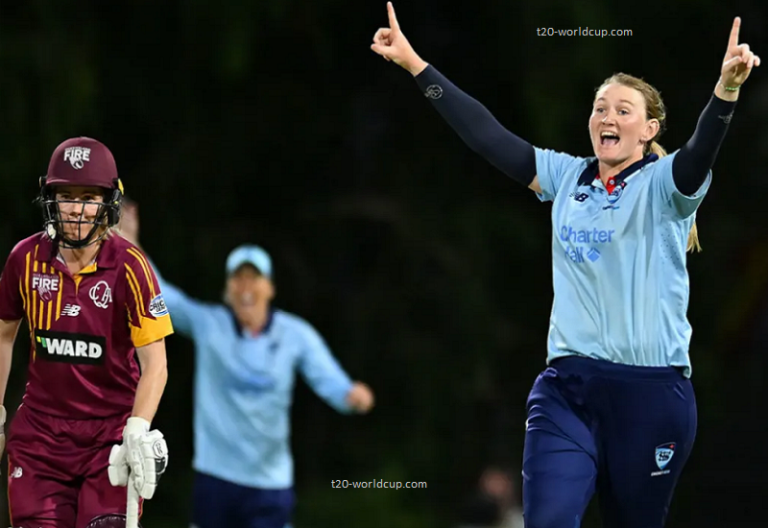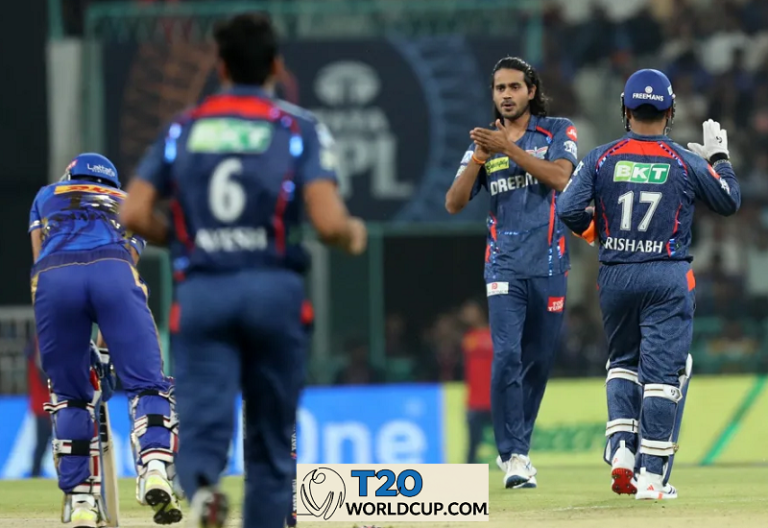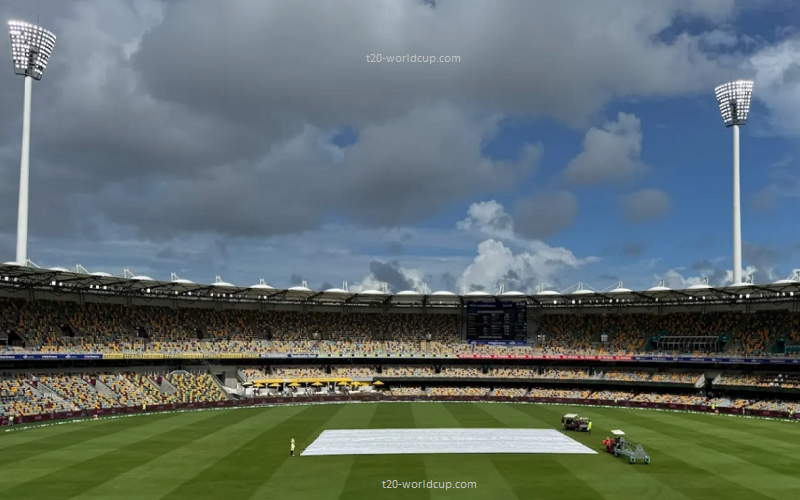
The Gabba, one of Australia’s most iconic cricket stadiums, will be demolished after the 2032 Olympics, marking the end of an era for cricket in Brisbane. The stadium, which has been the home of Queensland cricket and hosted numerous historic international matches, will make way for a redevelopment project aimed at modernizing Brisbane’s sporting infrastructure. While this change brings uncertainty for cricket in the region, plans are already in motion to build a new state-of-the-art venue to replace the Gabba.
Why Is the Gabba Being Demolished?
The decision to demolish the Gabba is part of Brisbane’s redevelopment plans for the 2032 Summer Olympics. The stadium, which has been in use for over a century, requires significant upgrades to meet modern sporting and spectator standards. Instead of renovating the existing structure, the Queensland government has opted for a complete rebuild, ensuring that the city has a world-class venue for future international events.
Key Facts About Gabba’s Demolition and Redevelopment
| Aspect | Details |
|---|---|
| Demolition Timeline | Post-2032 Olympics |
| Reason for Demolition | Redevelopment for modern infrastructure |
| New Venue Location | Yet to be finalized |
| Temporary Cricket Venue | Potential alternative locations under review |
The Legacy of the Gabba in Australian Cricket
The Gabba has been a fortress for the Australian cricket team, with an impressive record in Test matches. The fast and bouncy pitch has made it a challenging ground for visiting teams, earning a reputation as one of the most intimidating venues in world cricket.
Australia’s Test Record at the Gabba
| Matches Played | Wins | Losses | Draws |
|---|---|---|---|
| 66 | 44 | 9 | 13 |
Australia’s dominance at the Gabba was famously broken in 2021 when India pulled off a historic victory, chasing down 328 in the fourth innings, ending Australia’s 32-year unbeaten streak at the venue.
Where Will Cricket Be Played in Brisbane?
With the Gabba out of action, Cricket Australia and the Queensland government are exploring alternative venues to host international and domestic matches. Some potential options include:
1. Allan Border Field
- Current Use Domestic cricket and women’s internationals
- Capacity 4,000 (could be expanded)
2. Carrara Stadium (Metricon Stadium)
- Located on the Gold Coast
- Capacity 25,000
- Hosted Big Bash League (BBL) matches
3. Suncorp Stadium
- Primarily a rugby venue but could be modified for cricket
- Capacity 52,500
Cricket Australia is considering temporary modifications to existing stadiums or the construction of a new purpose-built venue in Brisbane.
How Will This Affect the Brisbane Heat and BBL?
The Brisbane Heat, one of the most popular teams in the Big Bash League (BBL), has played most of its matches at the Gabba. The demolition of the stadium will force the team to relocate, potentially to Metricon Stadium or Allan Border Field.
| Possible BBL Venues for Brisbane Heat | Capacity | Suitability for T20 Cricket |
|---|---|---|
| Metricon Stadium (Gold Coast) | 25,000 | High |
| Allan Border Field | 4,000 | Medium (Needs expansion) |
| North Queensland Stadium | 25,000 | Medium |
The move could impact home advantage, fan experience, and sponsorship opportunities for the team.
Economic and Cultural Impact of Gabba’s Demolition
The Gabba has been more than just a cricket stadium; it has been a cultural and economic hub for Brisbane. The demolition and rebuilding process will have significant effects:
- Economic Boost The project is expected to create thousands of jobs in construction and infrastructure development.
- Local Business Impact Surrounding businesses that rely on match-day crowds may suffer during the transition period.
- Heritage Concerns Many fans are sentimental about the Gabba’s historic significance, leading to discussions about preserving some elements in the new design.
What’s Next for Cricket in Brisbane?
Cricket Australia and the Queensland government are working on a long-term strategy to ensure Brisbane remains a key cricketing hub. The new stadium is expected to have modern facilities, increased seating capacity, and enhanced fan experience to align with global sporting standards.
Expected Features of the New Stadium
✔️ Increased capacity (potentially 50,000+ seats)
✔️ Improved facilities for players and fans
✔️ State-of-the-art training and hospitality areas
✔️ Sustainability-focused design
While the transition period will pose challenges, the future of cricket in Brisbane remains bright, with the potential for a world-class stadium to continue hosting memorable matches for generations to come.

